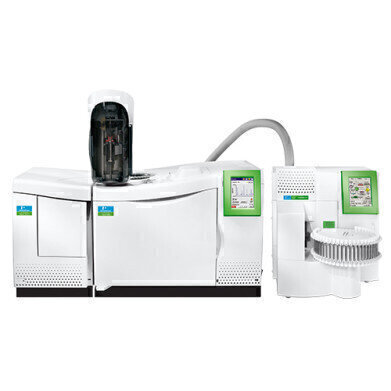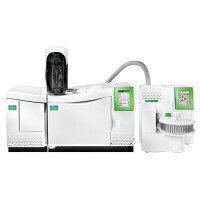Analytical instrumentation
Confidently Reduce VOC Emissions at the Fenceline to Meet Compliance
Jul 17 2018
The need to monitor the emissions of volatile organic compounds (VOCs) at the fenceline is increasing, particularly in the US and Canada. Last year, the environmental protection agency (EPA) updated method 325, a federal regulation known as 40 CFR Parts 60 and 63. That means that today oil refineries in North America are required to monitor volatile organic compounds, or VOCs, at the fenceline of their facilities, with monitors spaced at certain intervals depending upon the size of the refineries. The objective is to measure the emission of benzene to determine if there is a release of VOCs. Part “A” of the Method describes the field placement of the monitors, the passive adsorbent tubes that will collect the ambient air samples, and their sheltering requirements. It also details the 14-day sampling cycle along with specifics on tube cleaning and reconditioning. Part “B” describes how the samples will be analysed in a lab using thermal desorption-gas chromatography. The EPA is targeting benzene as the representative compound to evaluate the overall possible emissions of VOCs from refineries. Benzene is an inherent compound in crude oil. Crude oil is refined to make many products, including gasoline.
The regulation calls for the placement of up to 24 sampling stations along the fenceline of refineries. The sampling stations, or shelters, contain passive sampling tubes packed with an adsorbent to trap ambient air samples. The samples undergo testing every two weeks using Automated Thermal Desorption-Gas Chromatography/Mass Spectrometry (ATD-GC/MS) technology. Other detectors may be used, however, not recommended. MS technology is used to ensure false positives are not reported.
From field sampling to data management, PerkinElmer has exactly what oil refineries need for Method 325 compliance. The EPA actually used the PerkinElmer® TurboMatrix™ automated thermal desorber (ATD) to develop this method. This solution includes sample shelters, passive sorbent tubes, the combination of PerkinElmer’s TurboMatrix™ ATD and Clarus® SQ 8 GC/MS, plus installation, system training, and world-class support and services.
Many refineries already have the capability to conduct their own VOC sampling, but this type of testing is new for them, and we have the experience to help. Therefore, most refineries are seeking help in both the sampling and analysis areas, so PerkinElmer is perfectly positioned to collaborate with these facilities to deliver cost-effective, complete solutions.
A complete, single vendor solution from PerkinElmer for EPA Method 325 compliance
- Sample tubes used by the EPA with same optimised adsorbent for the most accurate result
- Bar-coded tubes for enhanced tracking and traceability
- Shelters and other consumables
- Fully automated TurboMatrix 650 ATD sample-tube handling and conditioning system
- Dependable, flexible and intuitive Clarus SQ 8 GC/MS, offering the fastest throughput time in the industry for ATD-GC/MS analysis
Digital Edition
PIN 26.1 Feb/Mar 2025
March 2025
Analytical Instrumentation - Elemental Analysis for Quality and Process Control at Refineries, for Lubricants and Wear Metals in Engine Oils - Synthetic Lubricants: New Developments - Scaling...
View all digital editions
Events
Apr 29 2025 Mumbai, India
Apr 29 2025 Edmonton, AB, Canada
May 05 2025 Houston, Tx, USA
May 06 2025 Nuremberg, Germany
Canada Gas & LNG Exhibition & Conference
May 06 2025 Vancouver, BC, Canada






















